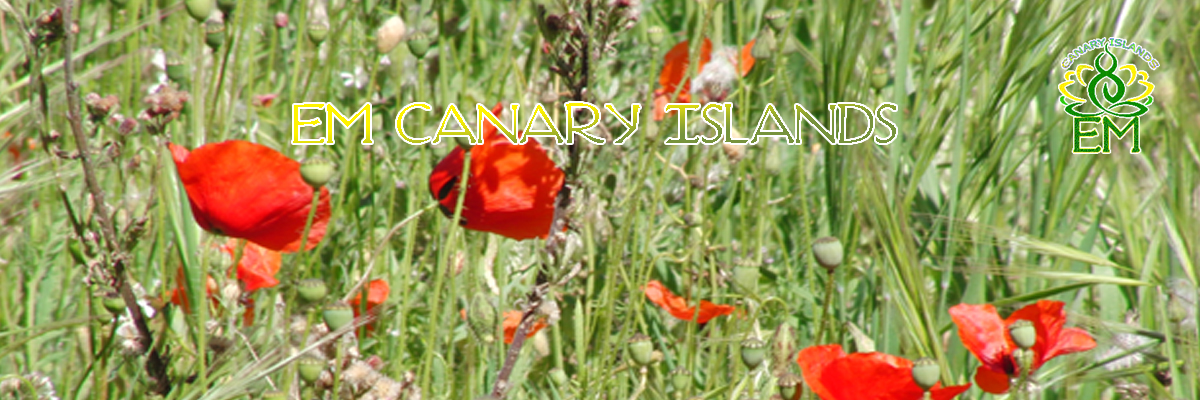EM hygiene for animals in the barn
Smell or flies in the barn
In the cycle of nature, flies play an important role in the degradation of organic matter. They lay their eggs in rotting substrates, because the maggots feed on these substances. Flies can therefore feel the odors of putrefaction and decay particularly well. In most stables they find excellent living conditions, because manure, litter and food remains rotten. A female fly puts eggs from her third day of life; About 100 – 150 pieces per scrim. After 12 hours, the first larvae begin to hatch, which after just a few days pupate and produce a new generation.
Because of their preferred habitat, flies come into contact with all sorts of pathogens. With the fine hair on their legs they carry harmful germs from the environment from animal to animal. There, they prefer to use eyelids and small injuries because they can use almost any kind of organic liquid as food.
The simplest way to do something against the flies in the barn is the reduction of putrefaction. Putrefaction occurs wherever negative, degrading microorganisms have penetrated. With EMAGRO, this process can be reversed. The exclusively positive, developing microorganisms regulate the environment in the barn and bring it back to equilibrium. Putrefaction and putrefaction disappear – and thus also the flying pressure.
Application and dosage
EMagror for farm animals can be applied with a back-injection or spraying device in the barn.
After cleansing and disinfecting, spray all surfaces clean. In the occupied stable every 1-2 weeks pure or with a 1:10 dilution with water spray.



















